Deck & Commander Strategies
Kardur Doomscourge
Aggressively goads opponents to attack each other and leverages damage triggers to drain life, focusing on forcing combat interactions and benefiting from attacking or dying creatures.

Krenko, Mob Boss
Generates large numbers of goblin tokens quickly to overwhelm opponents, often winning through wide attacks supported by token pumping and synergy with goblin tribal cards.

Kestia, the Cultivator
Utilizes enchantment-based ramp and token creation to steadily grow board presence, with a focus on enchantment synergies and incremental advantage through card draw and life gain.

Sigarda, Host of Herons
Plays a more controlling and defensive game, using lifelink and flying to chip away at opponents' life totals while protecting herself and stabilizing the board.
Gameplay Insights
- 1
The use of Kardur Doomscourge to effectively goad opponents created a dynamic where players were forced to attack each other, increasing the complexity of combat decisions and often leading to mutual damage.
- 2
Krenko's player capitalized on token generation and token synergy to build a threatening board presence, which was pivotal for applying pressure and forcing unfavorable blocks.
- 3
The destruction of Thousand-Year Elixir by Vandalblast was a significant tempo setback for the Krenko player, limiting the ability to untap creatures and produce tokens efficiently.
- 4
Kestia's deck leveraged enchantment ramp and token generation to maintain board presence and generate card advantage, allowing it to remain competitive despite aggressive attacks.
- 5
Sigarda's lifelink and flying helped stabilize against the aggressive goblin swarm, but she remained vulnerable to the cumulative pressure from wide attacks and enchantment buffs.
- 6
Combat phases were heavily influenced by goad effects and triggered damage drains, making blocking decisions critical and often resulting in multiple players taking damage simultaneously.
Notable Cards
-
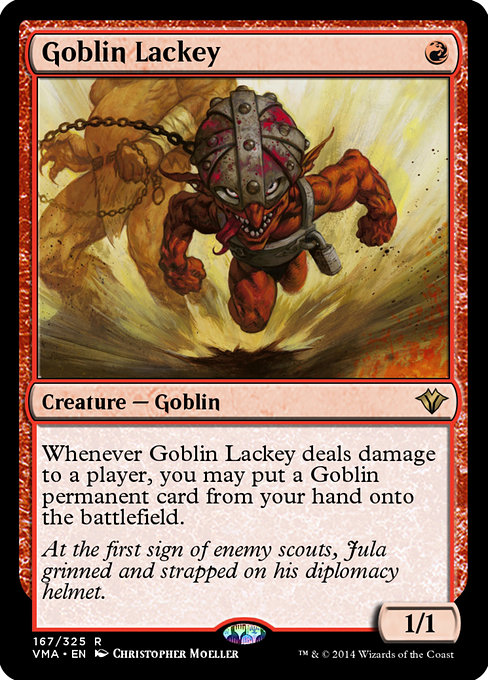
Goblin Lackey
-
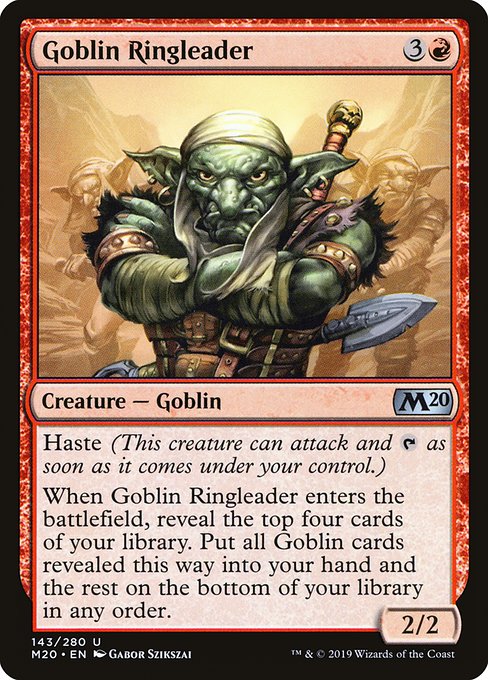
Goblin Ringleader
-
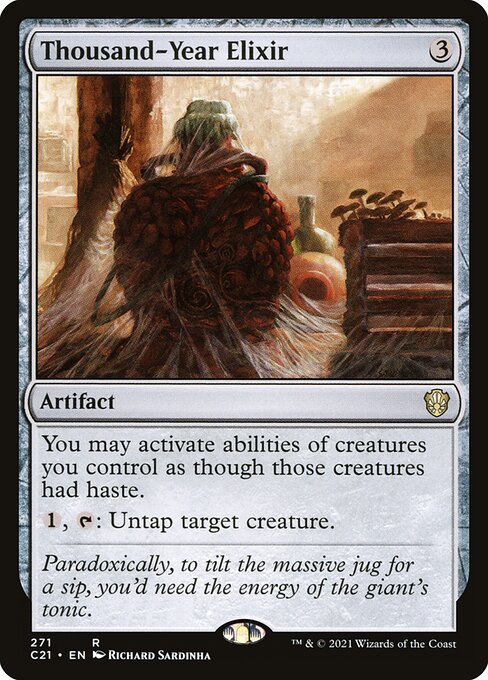
Thousand-Year Elixir
-
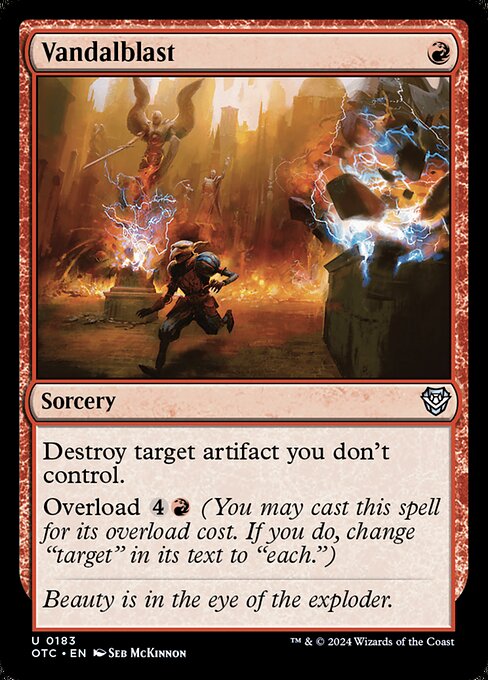
Vandalblast
-

Bruna, the Fading Light
-
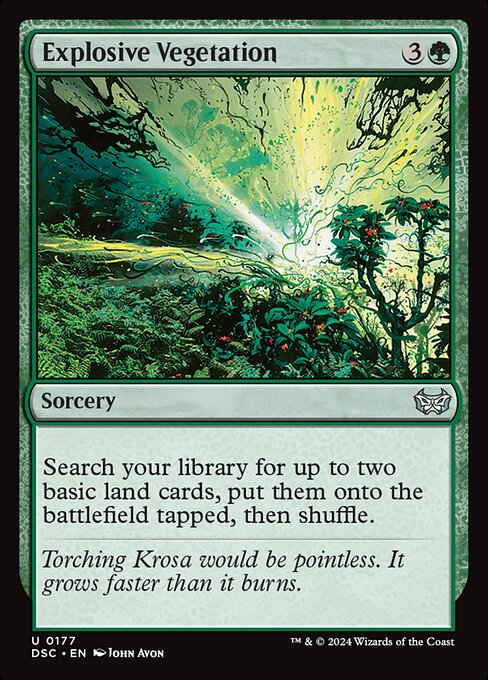
Explosive Vegetation
-
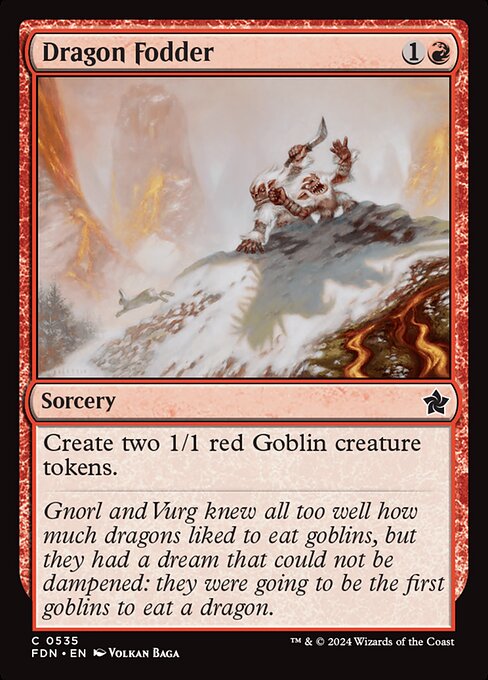
Dragon Fodder
-
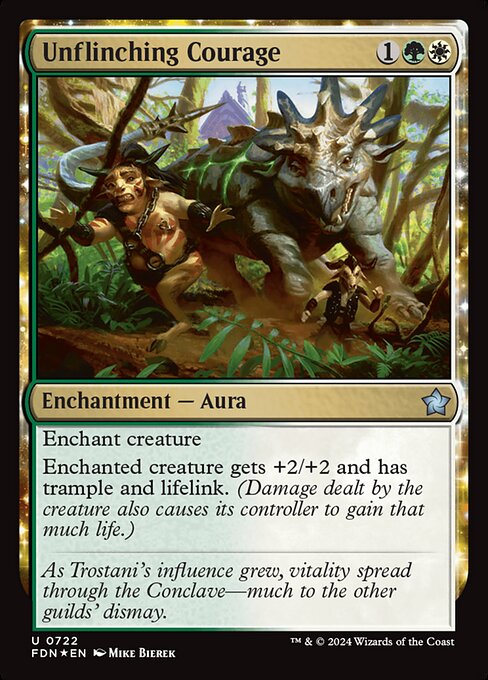
Unflinching Courage
Gameplay Summary
The game began with typical early ramp and token generation, with the Krenko player quickly setting up multiple goblin tokens and applying pressure on opponents.
Kardur Doomscourge's player utilized aggressive creatures and enchantment synergies, while Kestia's player focused on enchantment-based ramp and token growth.
Sigarda's player played a slower, more controlling game, utilizing her lifelink and flying to chip away at life totals.
A key turning point occurred when Kardur Doomscourge was cast, effectively goading all opponents, forcing attacks and creating complex combat decisions.
The board state intensified with tokens from Krenko and various enchantment buffs from Kestia, while Sigarda maintained a defensive posture, responding with combat tricks and boots.
The game featured several pivotal moments including board-wide drain effects triggered by Kardur and impactful removal such as Vandalblast destroying a key artifact, Thousand-Year Elixir, slowing down token production.
Towards the mid-game, the synergy between Krenko's goblin tokens and the pump effects created a significant threat that forced opponents into difficult blocks and trading, but the recurring enchantment value from Kestia kept her competitive.
The game revolved around managing these board states and combat phases under the pressure of goad effects and continuous token generation.
Ultimately, damage from wide goblin attacks combined with enchantment enhancements was the primary win condition pursued by the aggressive decks, while Sigarda aimed to stabilize through lifelink and combat damage mitigation.



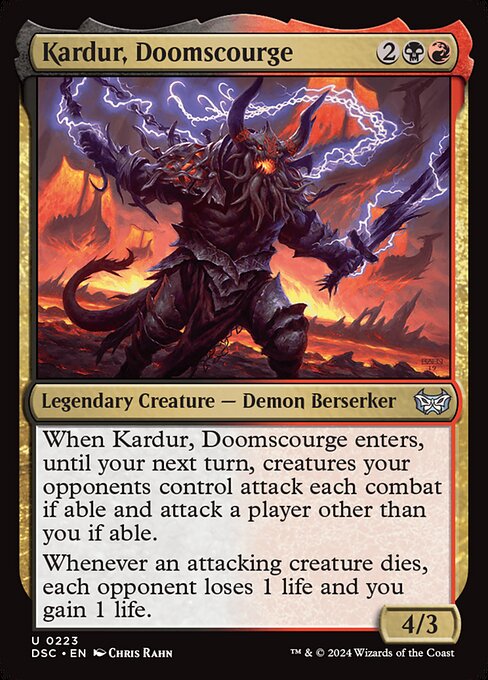

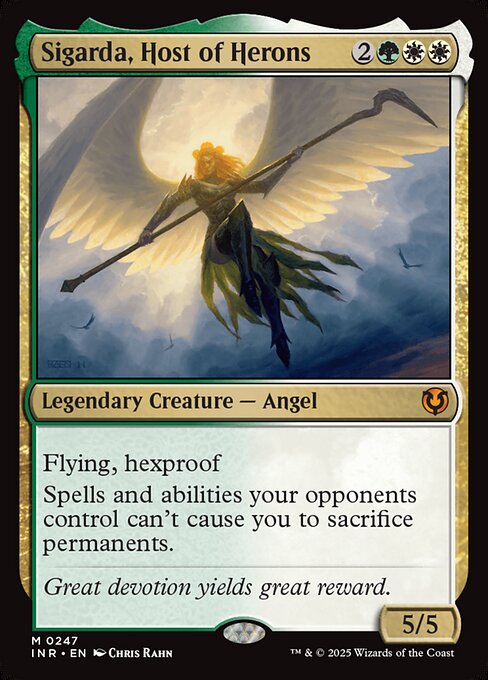
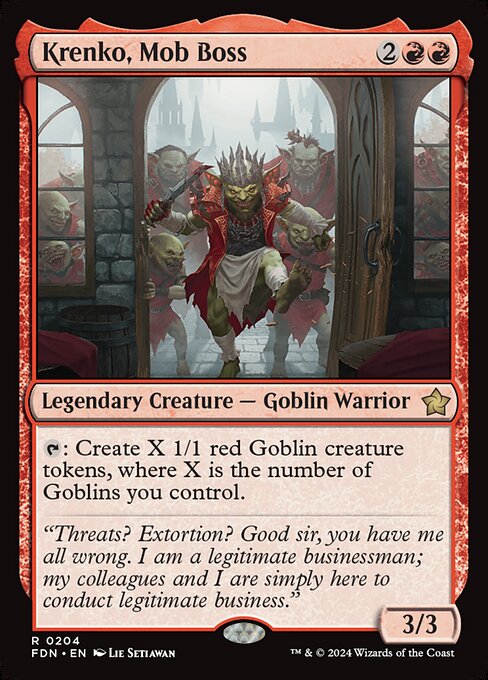




















![Starter Commander Decks [Commander VS 321] | Magic: the Gathering Commander Gameplay thumbnail](https://i.ytimg.com/vi/seEnqBzrpsU/sddefault.jpg)













